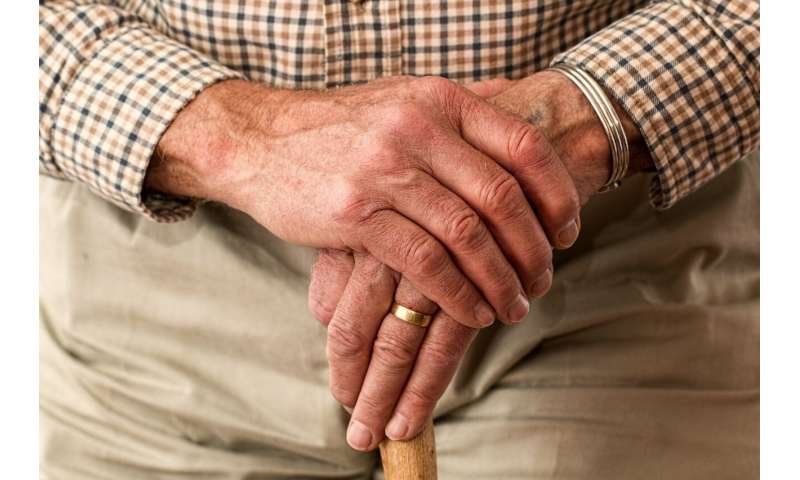Doctors can help the elderly stay active during the pandemic

It is essential that health systems consider how best to support older people to remain physically active during this crisis.
Recommendations from a health professional can increase the likelihood of people engaging in physical activity.18 It is, therefore, imperative that health professionals discuss the importance of remaining physically active with older people and support them to incorporate physical activity into their day.
Consultation with or referral to specialists in exercise prescription such as physical therapists or exercise physiologists can be used to provide individualized advice about an exercise program tailored to an older person’s health conditions, functional abilities, environment, and personal preferences and goals.
In some health systems, these consultations can be done using telehealth to reduce risks associated with face to face contact. Where telehealth consultations are not available, health professionals should advocate for the inclusion of these services to support older people to remain active.
Older people and health professionals working with older people need to have ready access to trustworthy resources to support physical activity and exercise in the home environment. It will not always be practical for all older people to receive individualized plans from a health professional.
Resources should, therefore, enable older people or their carers to identify the exercises that are most appropriate for them, promote safety, and provide guidance as to when specialist advice is required. Online resources are relatively easily and cheaply disseminated and can provide video demonstrations of exercises.
Some of the online resources that provide examples of physical activity and exercise and are appropriate for older people with a range of functional abilities are detailed in Table 2. However, not all older people may be able to access this information online, therefore, hard copy resources should also be available.
There is increasing recognition that increasing physical activity requires a change in behavior. Resources should support behavior change and provide practical tips and suggestions for increasing physical activity. Some simple strategies that can promote engagement with exercise can include planning a time to exercise, checking in with a family member or friend about your exercise plans, and tracking exercise using either an exercise diary or activity tracker.
Many people may be daunted by the physical activity guidelines, particularly if they have not exercised regularly in the past. It is, therefore, important to reassure people that even small amounts of physical activity and exercise are better than nothing, and that it is good to start slowly and gradually increase your activity levels, particularly if you have been inactive.
As the world moves from the first wave of the pandemic to the second, third, and fourth waves,20 it is essential that we consider how best to support the health of older people and people with chronic health conditions. During the pandemic, it is likely that function will have declined in some older people because of suboptimal management of acute or chronic conditions,21 suboptimal access to rehabilitative services,22 or physical inactivity. As restrictions ease and health services resume normal activities, health providers must identify older people who have developed functional deficits and provide appropriate management. Health services and residential aged care facilities need to ensure there are adequate resources available to accommodate any increased demand for rehabilitation or restorative care.
Source: Read Full Article



